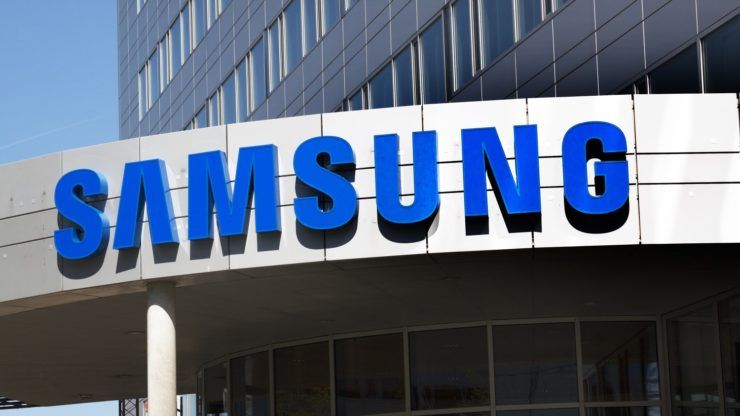Tilray Brands (NASDAQ: TLRY) stock will be in the spotlight this week as the Canadian cannabis and alcohol company publishes its financial results.
These numbers will come at a time when its stock has been highly embattled. After peaking at $66 in 2020, it has become a penny stock trading at $1.70.
Tilray’s valuation has also taken a beating, falling from over $9.3 billion in 2021 to $1.42 billion today.
A more diversified company
Tilray Brands is one of the most prominent names in the cannabis industry, where it sells various brands. While it is best-known for its eponymous brand, Tilray also owns brands like Happy Flower, Aphria, Hexo, and Good Supply.
Tilray, however, knows that the cannabis industry is highly volatile and competitive. As a result, the management has embarked on a diversification strategy to ensure that its cannabis business forms a small part of the its business.
To do that, Tilray Brands has made several acquisitions in the alcoholic beverage industry. It acquired eight brands from AB InBev, the biggest beer company in the world. Some of these brands are Shock Top, Blue Point Brewing Company, and HiBall Energy. As part of the acquisition, the company took over the breweries, brewpubs, and the employees.
Most recently, Tilray acquired four craft beer brands from Molson Coors, another large American company. It bought Atwater Brewery, Revolver Brewing, Terrapin Beer, and Hop Valley Brewing. The buyout means that Tilray will now sell over 15 million cases annually. It has also become the biggest craft beer company in several states.
Earnings ahead
The next important catalyst for the Tilray Brands stock price will be its upcoming financial results, which will shed colour on its performance.
Analysts expect the company to report strong financial results, helped by its beverage business. The average estimate among analysts is $220 million, higher than the $193 million it made in the same period last year. The low and high estimates are $206 million and $239 million.
Meanwhile, the estimated revenue guidance for the year will be 16.40% to over $918 million followed by $983 million in 2025. However, Tilray’s earnings have missed analysts estimates in the last three consecutive quarters.
Tilray’s growth is higher than that of other companies in the cannabis industry. For example, Innovative Industrial Properties is expected to grow by just 0.7% this year. Similarly, Curaleaf’s revenue is expected to grow by just 3% while Verano’s revenue will drop by 2.70%.
The most recent quarterly results showed that Tilray Brands’ revenues rose by 25% in the fourth quarter. This growth was driven by all segments, with its cannabis segment revenue rising by 12% to $71.9 million.
The beverage business also continued rising, with its revenue rising to $76.7 million. The 137% annual increase was because of its acquisitions. Also, its distribution and wellness revenue rose to $65.6 million and $15.7 million, respectively.
These numbers mean that Tilray is no longer a pureplay cannabis company. Instead, it has become a more diversified company whose business will likely continue doing well even as the future of the cannabis business remains uncertain.
On the positive side, Tilray Brands stock is expected to do well, with the average price target being $2.32, or 40% above the current level.
Tilray Brands stock has bottomed
TLRY chart by TradingView
The weekly chart shows that the TLRY stock price has been in a tight range in the past few months. It has remained in a consolidation phase since July last year.
The stock has found a strong support at $1.57, where it failed to move below since August. It has also remained below the 25-week and 15-week Exponential Moving Averages (EMA). The Relative Strength Index (RSI) has moved below the neutral point at 50.
On the negative side, the stock has formed a descending triangle chart pattern, which is often a bearish sign. Therefore, a drop below the lower side of the triangle will point to more downside, with the next point to watch being at $1.00.
However, more upside will be confirmed if the stock rises above the descending trendline, which connects the highest swing since September last year. This rebound is possible because the company has a short interest of 11%, meaning that a short squeeze may happen.
The post Tilray Brands stock forecast: levels to watch ahead of earnings appeared first on Invezz









